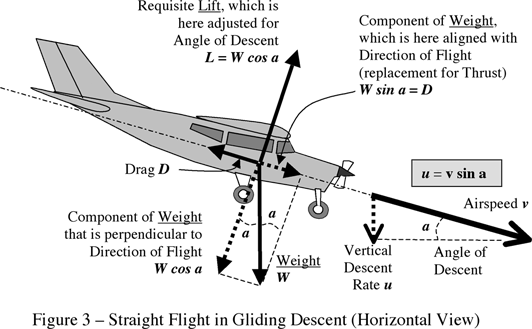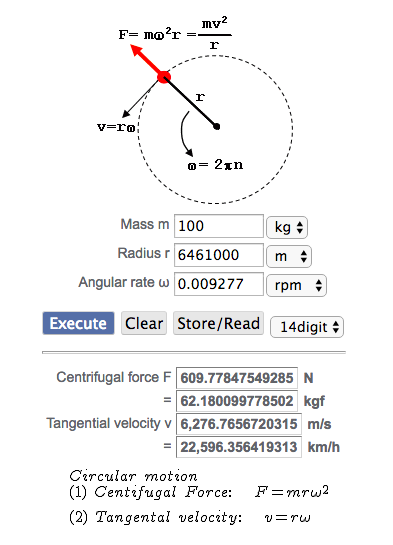Okay, since the agreement seems to be that this is on topic and I'm a pilot I'll take a shot. The quick answer is yes, because the simulated gravity is generated from the airplane's lift, other forces are balanced out.
Longer answer is slightly more complicated: Can you simulate martian gravity using an airplane, absolutely yes. Here's how a parabolic flight profile looks:

The airplane us pulled up into a steep climb, then the pilots begin a pushover which accelerates the airplane downward at 9.8ms2. In videos of the vomit comet you'll see people float off the floor at this point. The pushover is continued until the airplane is in a steep descent and picks up speed for the next iteration. It is the change from the airplane from a steep climb to a steep descent that creates simulated zero gravity, not the dive on the other side of the parabola.
The forces acting on the airplane at that point look like this:

The upward force felt by the passengers inside is perpendicular to the angle of descent, or climb (called the angle of attack, which is the angle of the wing through the relative wind). This is always point "up" in reference to the airplane, not in reference to the direction of gravity. So, in order to have your martian gravity the pilots would need to fly a profile that created a constant downward acceleration of 6.1ms2 (martian gravity is 3.7ms2, so 9.8 - 3.7 = 6.1) rather than 9.8ms2, which is as simple as putting less forward pressure on the stick. During that parabolic arc the wings are producing 3.7ms2 of lift.
You might think that a slower pushover means more time at martian gravity than zero gravity, however it's not that simple. As a pilot my main consideration would be to maintain a safe flight speed, the steep climb would put me behind the drag curve, and the slower pushover would allow more speed to bleed off. I might have to carry more airspeed or lessen the time of the maneuver, but it could be done.


